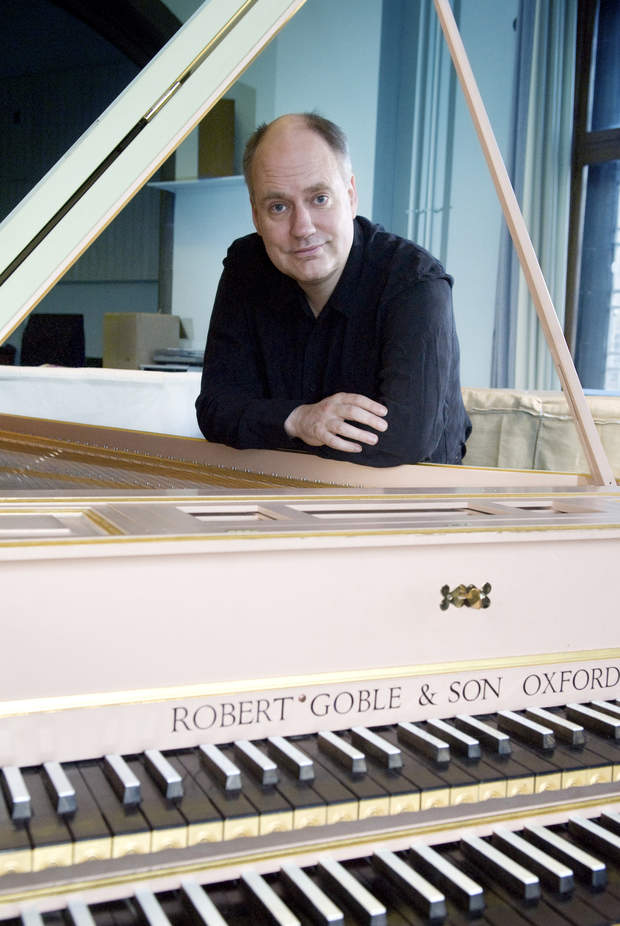In the next installment of our journey through the second book of the Well-Tempered Clavier, let’s explore the next two sets – in A minor and B flat major. We’re going back to the 2013 recording by John Butt, on an instrument which is a copy of an early 1700 harpsichord believed to have been the one that Bach used to premiere his 5th Brandenburg concerto.
A minor
Both the prelude and fugue are characterized by being restless and tense. The prelude is in binary form (AABB), with a 2-bar theme of contrasting elements – one bar of a chromatic scale in eighths, one bar of sixteenths with chromatic appogiaturas and syncopations. These elements are swapped between the hands constantly, and inverted in the second section. The short fugue, in 3 voices, presents a subject in quarters and eights, and a contrasting countersubject in thirty-seconds with runs, trills, and rests which contribute greatly to the restless mood of the piece.
B flat major
The B flat prelude shifts the mood radically. Also in binary form, it’s a peaceful and pastoral piece, in 12/16, with the notable characteristic of being the only piece in the book to require hand crossings. The 3-part fugue, whose theme is figured entirely in eighths, is playful and serene, and rather short especially when compared to the extensive prelude. Its character is somewhat reminiscent of Book I.
